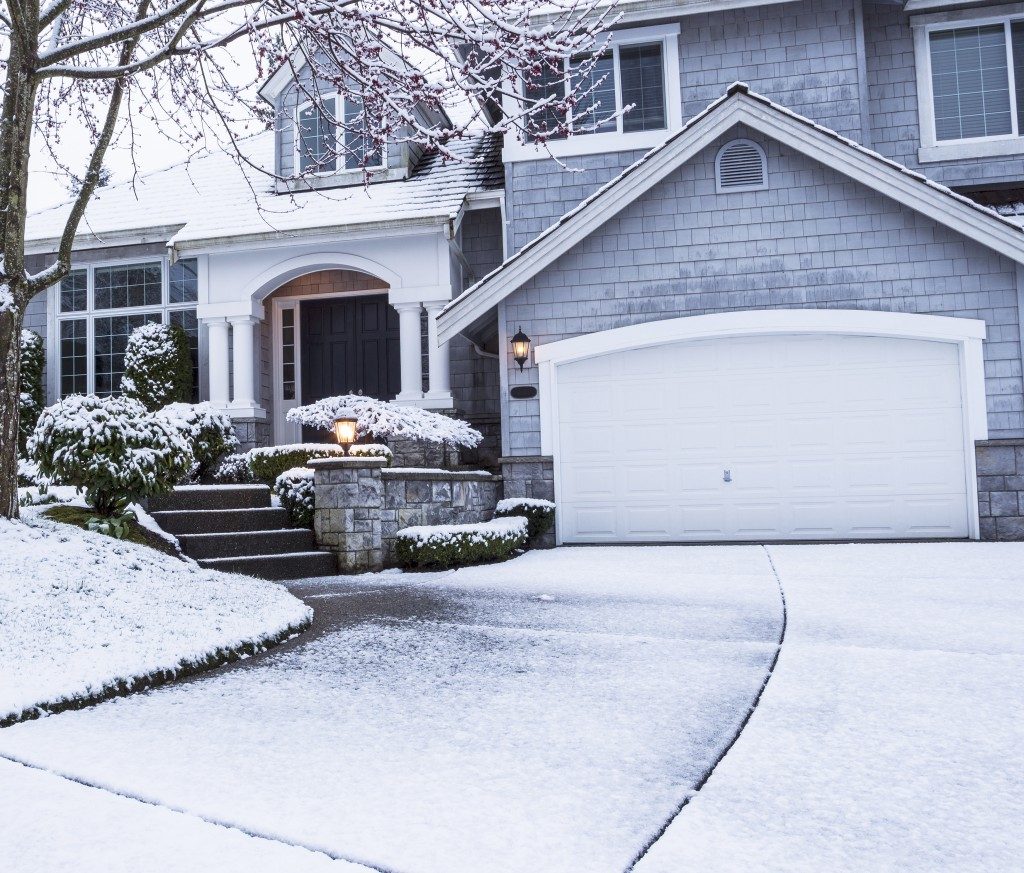The garage is one of the easily forgotten places when it comes to insulation and heating. While we easily get away with this oversight, you might end up spending a fortune in heating and ventilation if you have a huge garage that needs to be air-conditioned for one reason or another.
The best option is weatherproofing your garage such that it doesn’t leak out so much heat.
1. It all starts at the garage door.
A commercial garage door often spans one or more walls making its insulation as important as insulating the walls. A good commercial garage door in Cache Valley should be thick enough to secure the garage and offer some form of insulation against the elements.
Purchasing an insulated garage door will save you the pain of having to do aftermarket modifications on your door. This is mandatory if you are buying an automated garage door whose weight and configuration cannot be hampered by additional insulation.
Manual swing doors, on the other hand, can be easily modified using spray insulation or other easy to attach insulation panels.
2. Ensure that the seals are airtight.
While insulating surfaces is a great way to protect your garage from conductive heat loss over the wall and garage door surfaces, you will still bleed heat if the cold drought gets into your garage unhindered. Spaces between your garage door and the wall will let the cold air seep in and drop the temperatures.
You can check for such leakages by running a smoke machine around joints and checking for the effect of moving air on the smoke or get a thermal detection kit.
Normally, the seals, threshold, and gaskets weatherproofing your garage will wear out over time. It is your responsibility to check and replace them frequently to maintain your garage’s thermal integrity.

3. Seal any cracks in the walls and the floors.
Inspect the garage walls for cracks or open seams that let in cold air. It is natural for walls and concrete floors to crack and loosen up as they shrink and expand due to temperature changes. Go around inspecting the garage and seal any cracks or spaces you see.
You can use latex, silicone caulk, cement or foam sealant to get the cracks. If the cracks are too big, they may affect the garage’s structural integrity hence consider calling a contractor to repair them properly.
4. Insulate the concrete floor if you can.
Concrete might be a strong surface for commercial use, but it has a high thermal mass. It absorbs a lot of heat from heated interiors making spaces less efficient to heat.
While insulating the entire concrete floor might be impractical in some settings, you can always insulate as much surface as you can to cut down on your expenses.
Keeping a commercial garage warm and cozy is a great idea especially if you spend a lot of time in the building. These simple tricks will help you achieve the goal without ballooning your utility bills.

